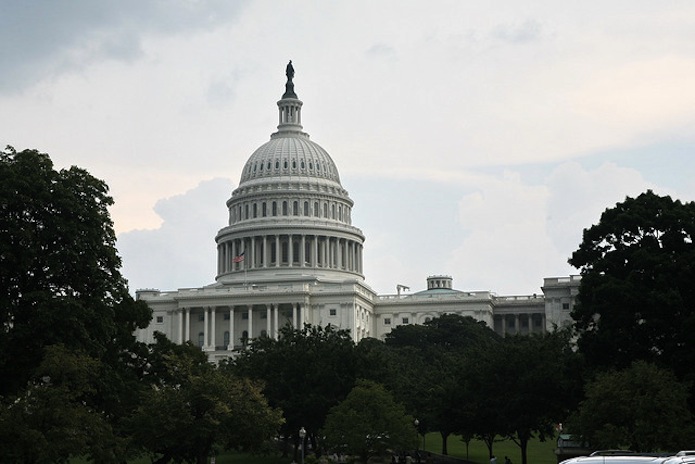
The full piece can be accessed at the Institute for Progress via this link.
Categorical exclusions that apply to oil and gas
The oil and gas industry enjoys categorical exclusions (CEs) for activities that require fewer than 5 acres of surface disturbance or drilling on locations that have received National Environmental Policy Act (NEPA) approvals within the last five years. These CEs have been perpetuated as part of Section 390 of the Energy Policy Act of 2005.
With these exclusions, oil and gas developers have benefited from a streamlined approval process.
Lengthy NEPA process increases risk in geothermal projects
Despite having similar stages of development as oil and gas, the geothermal industry has not been granted exclusions from the NEPA review process. Instead, geothermal projects go through several NEPA review stages. This makes it harder to invest on geothermal projects, as the certainty of the individual stages of development become subject to permitting decisions.
The difficult approval process also applies to transmission lines that are needed to connect geothermal power generation facilities to markets. Transmission lines require dozens of local and state approvals and a process that takes between 10 to 15 years to complete. This is in contrast to the pipelines used for natural gas, which are under the authority only of the Federal Energy Regulatory Commission (FERC).
A level playing field
For geothermal to truly thrive, it needs to be at a level playing field as oil and gas. This means extending the CEs that the oil and gas industry has already benefited from for decades. Streamlined CEs are recommended for exploration drilling and well field development, with the more stringent environmental requirements will then be applied to power plant and transmission line construction.
Congress should also restrict frivolous lawsuits that have already hampered many geothermal projects in the U.S. and impose a limit on the amount of time that projects can be held up by the courts.